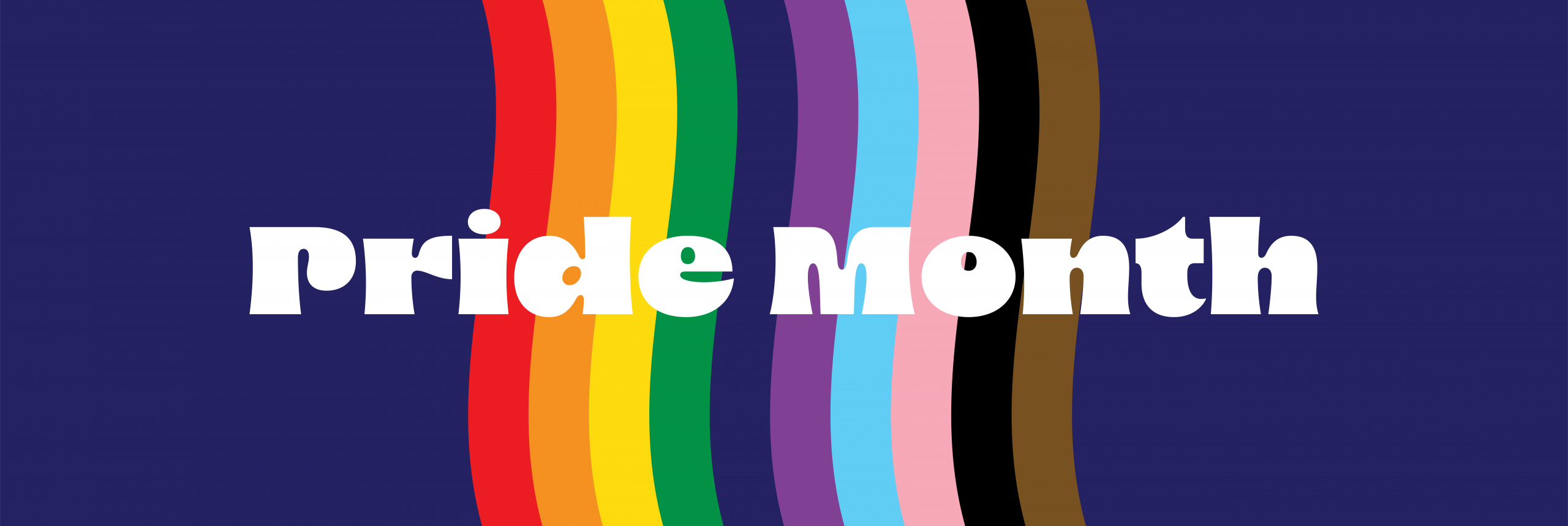

The Public Health Impact of Xenophobia on Asian Americans
By David Inuoe, Executive Director of the Japanese American Citizen League (JACL)
The Japanese American Citizens League is a national organization whose mission is to secure and safeguard the civil and human rights of Asian and Pacific Islander Americans and all communities who are affected by injustice and bigotry.
Asian and Pacific Islander Americans have faced elements of xenophobia, both today and throughout American history, that have had adverse effects on their health and well-being.
Asian Americans face a stereotype referred to as the “model minority,” because they are viewed as having overcome the adversity of being immigrants and have prospered. The reality is that this is a harmful myth.
The “model minority” myth ignores that the Asian American community is not a monolith. There are over 30 different ethnic groups represented in the Asian American community, but data gathered about the community does not differentiate each ethnicity. Sometimes it can even be difficult to find data about Asian Americans as an aggregated group as race is sometimes seen as white, black, and other.
The Model Minority Myth is rooted in the fact that Asian Americans occupy both the wealthiest and the poorest echelons of society due, in large part, to the changes and stratifications in U.S. immigration policy over time. As a result, they have differing access to education, capital, and other forms of social capital to promote success.
These varying experiences have caused health disparities among Asian Americans. For example, the many Asian Americans who work in the service industry such as restaurants and nail salons or those who work in retail or health care settings as essential workers have been more exposed to COVID-19 infections during the pandemic. Particularly for those who might be immigrants or small business owners and employees, access to health care may have also been inadequate, or delayed.
What we’ve also seen recently is the rhetoric blaming China for the virus lead to violence and harassment against Asian Americans. About 3,800 cases of discrimination have been reported to Stop AAPI Hate this year, which has caused pervasive fear in the community that they could potentially be a victim of these crimes.
This has very serious mental health impacts. May is Asian American & Pacific Islander Heritage Month and Mental Health Month, so the JACL is working on awareness around this intersection of the mental health strain and the cultural stigma around seeking help for mental health.
These modern policies we’re experiencing that unjustly discriminate against immigrants citing national security and public health have roots in public opinion and policy from the late 1800s and early 1900s. After the American Civil War and the abolishment of slavery, many immigrants came particularly from China to build the Pacific leg of the trans-continental railroad. Unfounded fears about the growth of the Chinese population resulted in the Chinese Exclusion Act in 1882. Common to the Yellow Peril sentiments of the time were the promotion of the idea that Chinese were unclean and carriers of disease, a public health threat. Mounting anti-Chinese and anti-Japanese sentiment and a series of other laws restricting Asian immigration followed in the next several decades.
In 1942 after the bombing of Pearl Harbor, and America’s entry to World War II, everyone of Japanese ancestry on the West Coast was forcibly removed from their homes and incarcerated at American concentration camps. When this happened, it was under the guise of national security, but it was later revealed that the government had no evidence of widespread threat, and in fact intelligence at the time indicated no threat from either Japanese or Japanese Americans in the United States.
Anti-Asian sentiment is clearly nothing new. To end anti-Asian racism, we need to change the societal norms of xenophobia that seem to make people think it is acceptable for people to harass and discriminate against Asian people, or any immigrant communities as we have seen both in government policy and action recently. Education about the Asian American experience can help us recognize our nation’s past experiences of racism and inform us to not repeat the same mistakes today.
Non-Asian groups, like the National Health Council and its member organizations, should serve as allies advocating for systemic change through new legislation and policies, see and understand intersectionality of issues marginalized groups face, be advocates, and promote awareness and education.


